Test Photos of the Moon with RX10 M4 Part 2 - July 2019
Introduction: Methods | Overview of the Tests | Test Photos | Conclusions
On this page, I present test photos of the half moon and the days after, where I tried out different multi-frame shooting methods of the Sony RX10 M4, and compare the results with "normal" shots. I wanted to find out whether it is worth using these methods for photos of the moon in order to improve the image quality.
Multi-frame methods take several photos and "merge" them into one. In this way, they allow to reduce the noise or to use higher ISO values (and thus shorter exposure times) to reduce the danger of blurred images in low light. In a way, they are a simple form of "stacking" which takes place in the camera. I have tested (or not tested) the following methods:
- Hand-held Twilight
- Not tested: Anti Motion Blur
- Multi Frame Noise Reduction (MFNR)
- HDR (does not reduce noise!)
- Normal (with DRO Auto)
All shots were taken freehand,that is, under "suboptimal" conditions. They were taken on three consecutive days (in July 2019). The moon was about half.
Note: See also page Test Photos of the Moon with RX10 M4 Part 2 - July 2019, which offers more information on Multi Frame Noise Reduction (MFNR). See also page Test Photos of the Moon with RX10 M4 Part 3 - July 2019, which offers more information on HDR.
Introduction: Methods
Hand-held Twilight
This scene type increases the ISO value in order to achieve faster shutter speeds and therefore takes four shots that are merged into one to reduce noise. The ISO value cannot be adjusted by the user, nor can the exposure be corrected. This scene type is particularly suitable for static objects.
Anti Motion Blur
This scene type is similar to the previous one, but rejects shots with too much motion blur. In addition, it tends, according to S. White, to select higher ISO values than the previous scene type because it is intended to be used for moving objects. I did not test this scene type, because I did not expect any better results for moon photos than for "Hand-held Twilight."
Multi Frame Noise Reduction (MFNR)
This is an ISO setting where the ISO value can either be selected by the user or set to "Auto"; in addition, the amount of noise reduction can be varied. The camera always takes multiple shots, which are merged into one to reduce noise (according to S. White, only shots with little or no motion blur are selected). With this setting, any PSAM mode can be selected and the exposure can be corrected. HDR and DRO are not possible.
Unfortunately, I set ISO to "Auto" in my tests and therefore probably got "suboptimal" results.
HDR
The HDR mode is not used for noise reduction, but to increase the dynamic range. Nevertheless, I tried it out, because here, too, several shots, but with different exposure values, are merged into one. In addition, you get an image without HDR effect for each photo, so that you can see the effect of HDR.
Normal (DRO set to Auto)
Except for the scene types, I always chose M mode (manual exposure) and, where possible, set DRO to Auto. The "normal" shots were (mostly) taken at ISO 100 in order to keep the noise low.
Overview of the Tests
Note: I will not go into variations of focusing here.
On July 8, 2019 I shot three test series:
- Series 1 (21:30 ff, sky still bright): Hand-held Twilight, Multi Frame Noise Reduction, and "Normal" (DRO Auto)
- Series 2 (22:00 ff, darker sky): Ditto
- Series 3 (22:20 ff): HDR (with "normal" comparison photos that was created automatically)
On July 9, 2019 I shot two series:
- Series 1 (21:10 ff, sky still bright): Hand-held Twilight, Multi Frame Noise Reduction, HDR (with "normal" comparison photos, which were generated automatically) and "Normal" (DRO Auto)
- Series 2 (22:24-30, darker sky): Ditto
On that day, I also took a comparative photo with the RX100 M4 at the telescope (Skymax-127, 32 mm eyepiece) to see the difference between camera photos and telescope photos using the same object.
The next day, I shot one more series:
- July 10, 2019 (21:20 ff): Hand-held Twilight, Multi Frame Noise Reduction, HDR (with normal comparison photo, which were generated automatically), and "Normal" (DRO Auto)
In the following, I will present some selected sample photos (the sharpest) from the series listed above. It should also be noted that photos of similar quality can differ significantly with respect to details due to air turbulence (an animation would make this visible). Therefore, it was not always easy to pick the, in my opinion, best photo.
Test Photos
All photos are cropped to 900 x 900 pixels, but display all the pixels of the moon, thus, they are not scaled (when viewed on a retina screen). Clicking on the photos shows them in double size (1:1) in a new window. The original photos are linked.
July 8, 2019, Sony RX10 M4
Note: The differences between the different photos are only visible if you download the photos and view them at 200% in a photo editing program!
Series 1: Sky still relatively bright
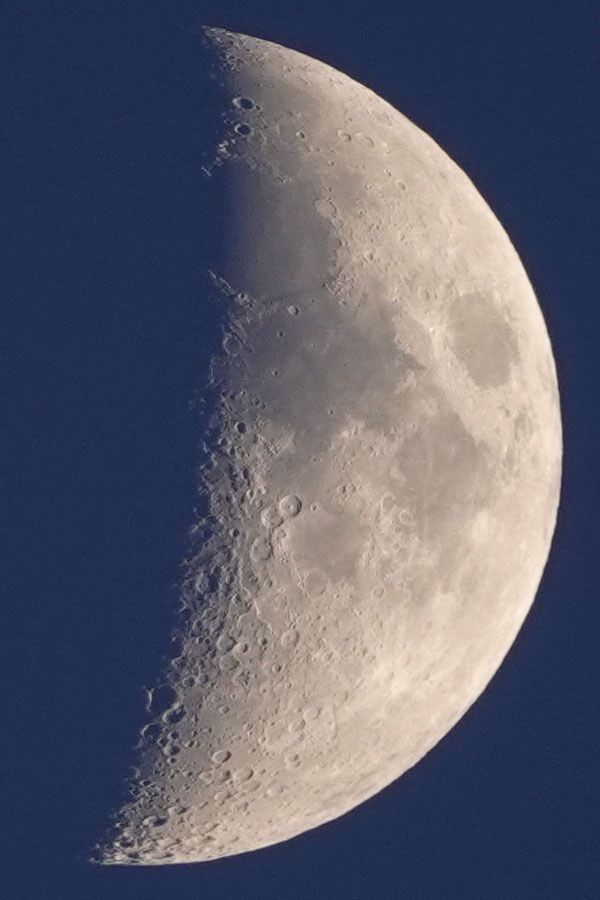 |
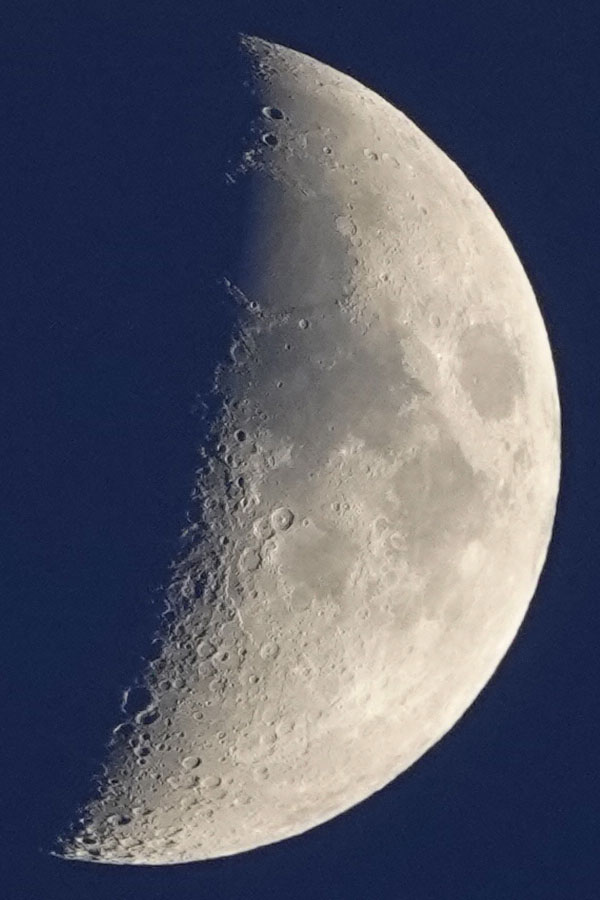 |
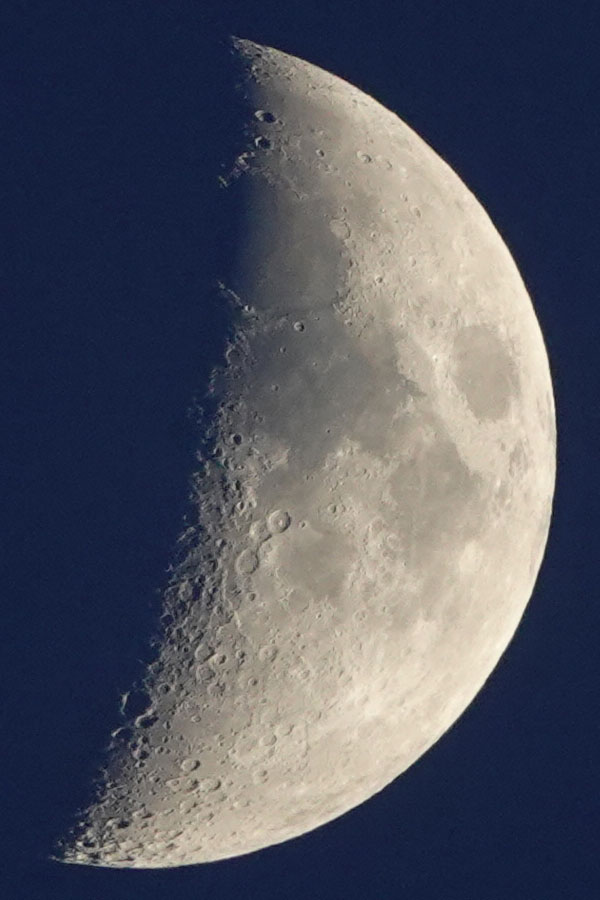 |
||
Hand-held Twilight, ISO 200, 1/250 sec, f/4; original |
Multi Frame Noise Reduction, ISO 500, 1/500 sec, f/4; original |
Normal, ISO 500, 1/500 sec, f/4; original |
When I look at the three photos at a scale of 200%, I cannot find any significant differences between them. Unfortunately, I had set the ISO value for Multi Frame Noise Reduction and for "Normal" to "Auto" and thus, probably prevented better results... When taking the "normal" photos I had left ISO on "Auto" by mistake.
Series 2: Sky dark
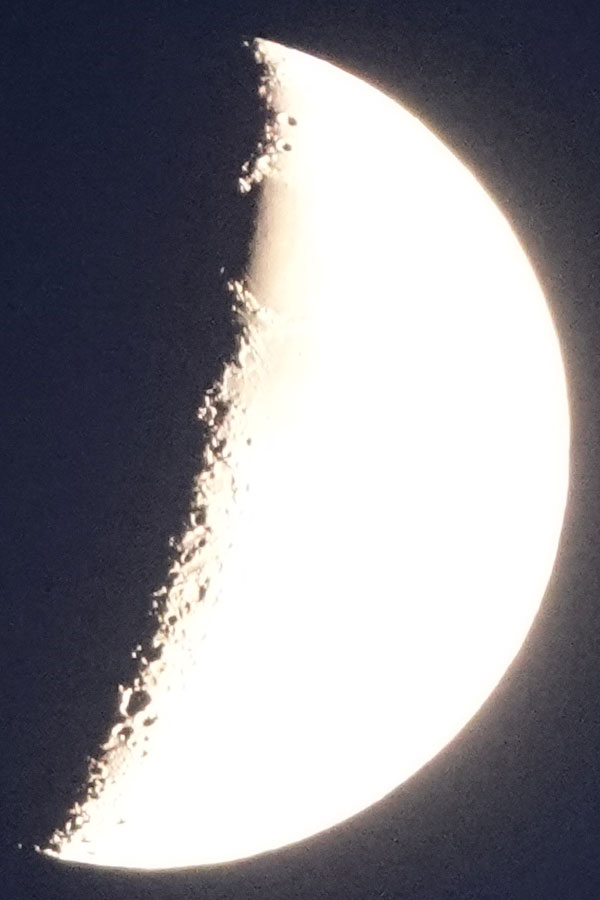 |
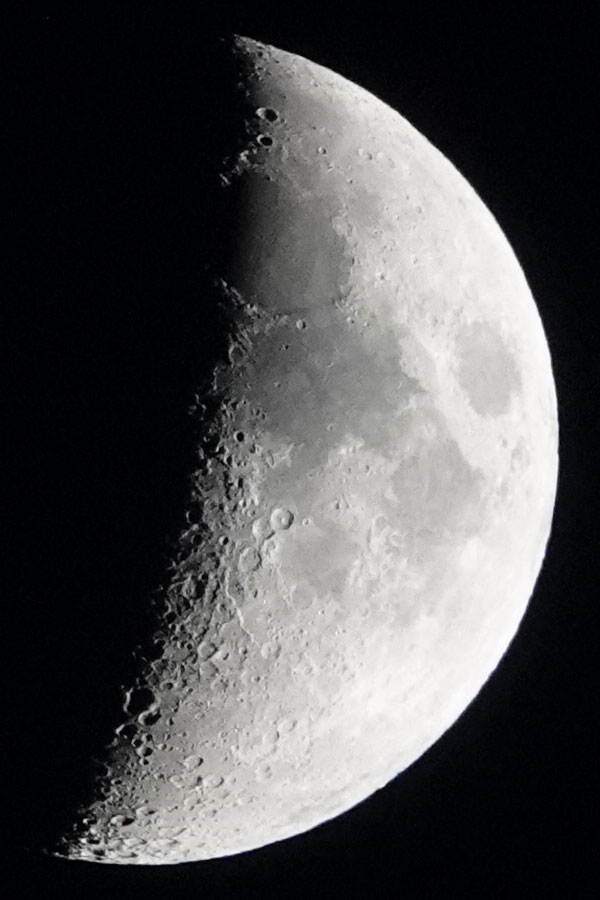 |
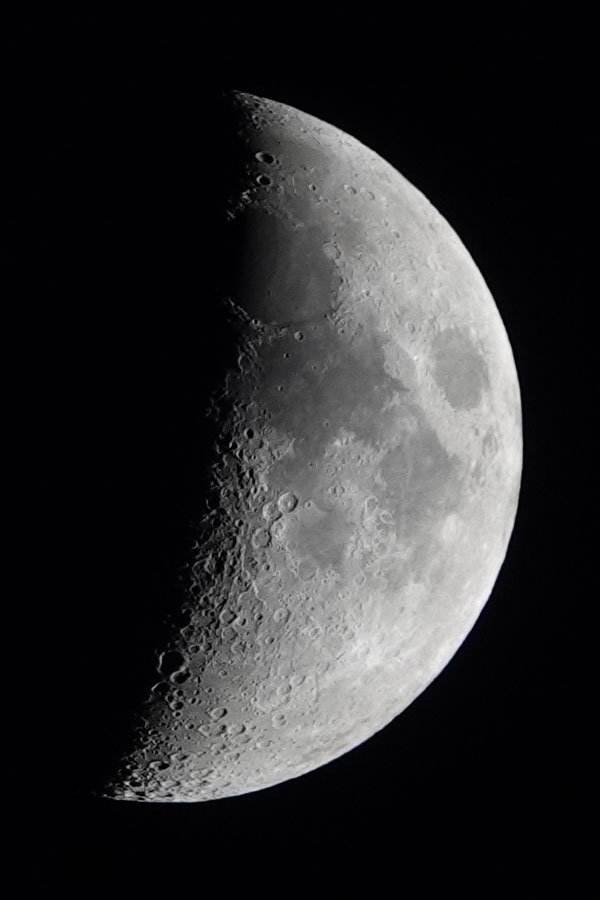 |
||
Hand-held Twilight, ISO 2000, 1/80 sec, f/4; original |
Multi Frame Noise Reduction, ISO 1600, 1/500 sec, f/5.6; original |
Normal, ISO 125, 1/125 sec, f/4, 500 mm; original |
When the sky gets darker, the "Hand-held Twilight" scene type can no longer be used, because the exposure cannot be corrected and the highlights get blown out. "Multi Frame Noise Reduction" does not seem to come close to "normal" quality-wise at a scale of 200% (unfortunately, I used only a focal length of 500 mm here by mistake). All in all, here again I did not select optimal values...
Series 3: HDR
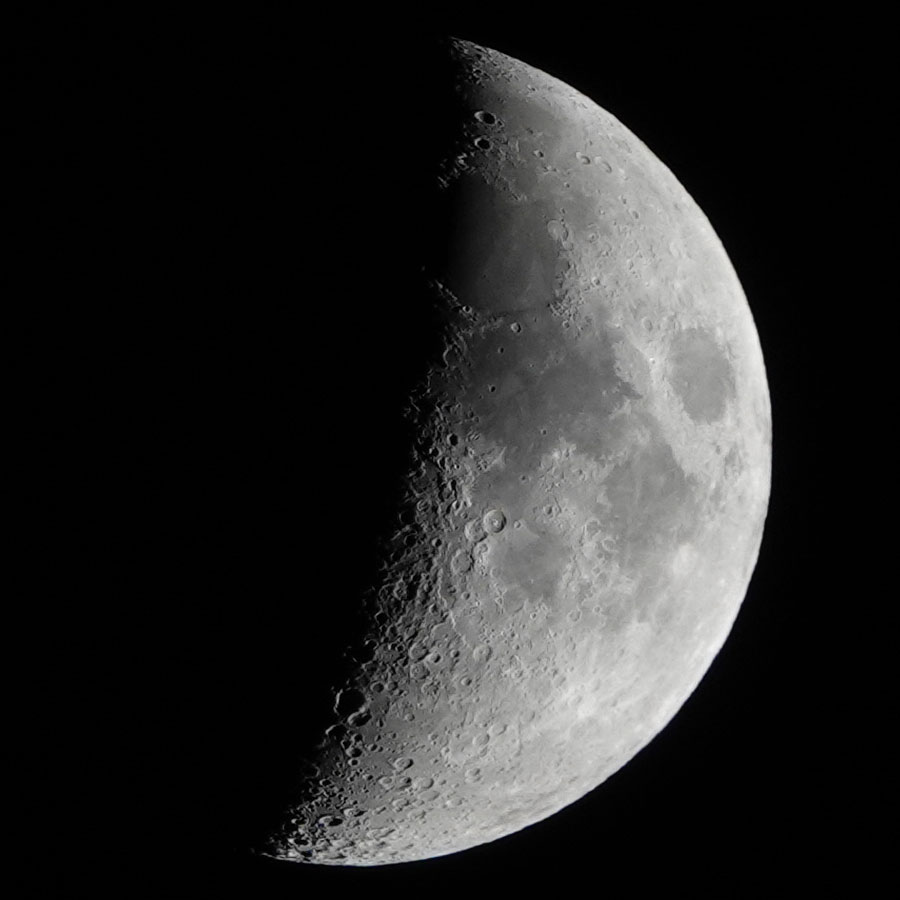 |
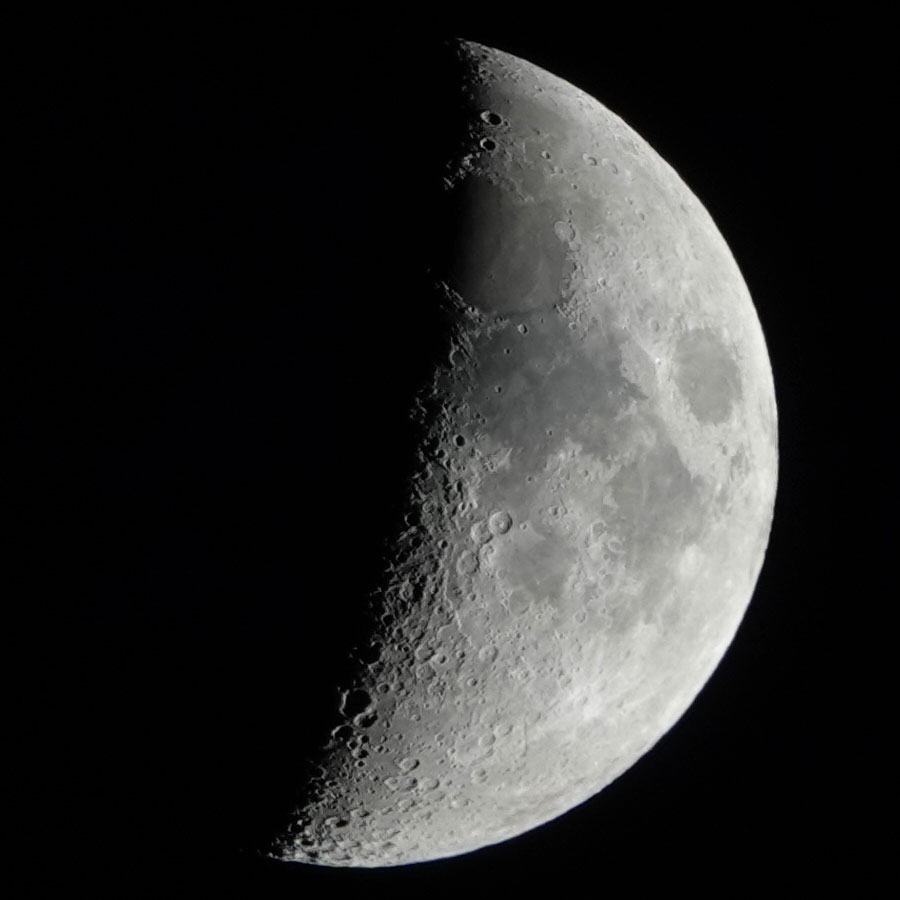 |
|
Normal (HDR), ISO 125, 1/125 sec, f/4; original |
HDR, ISO 125, 1/125 sec, f/4; original |
|
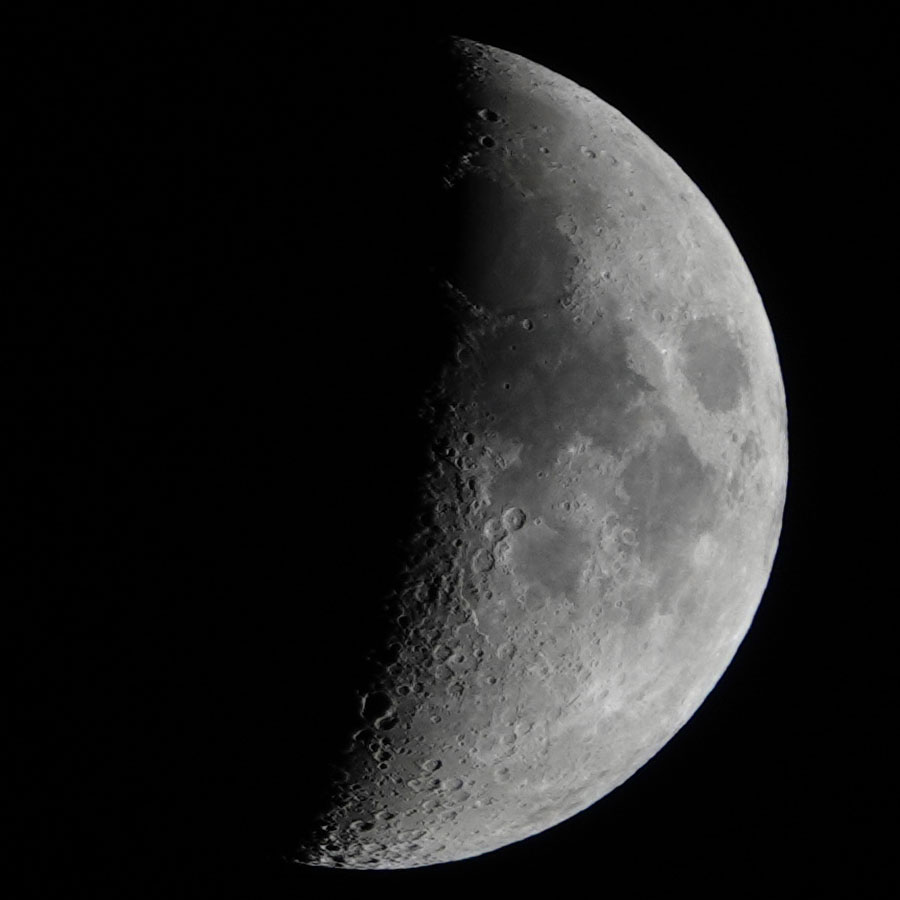 |
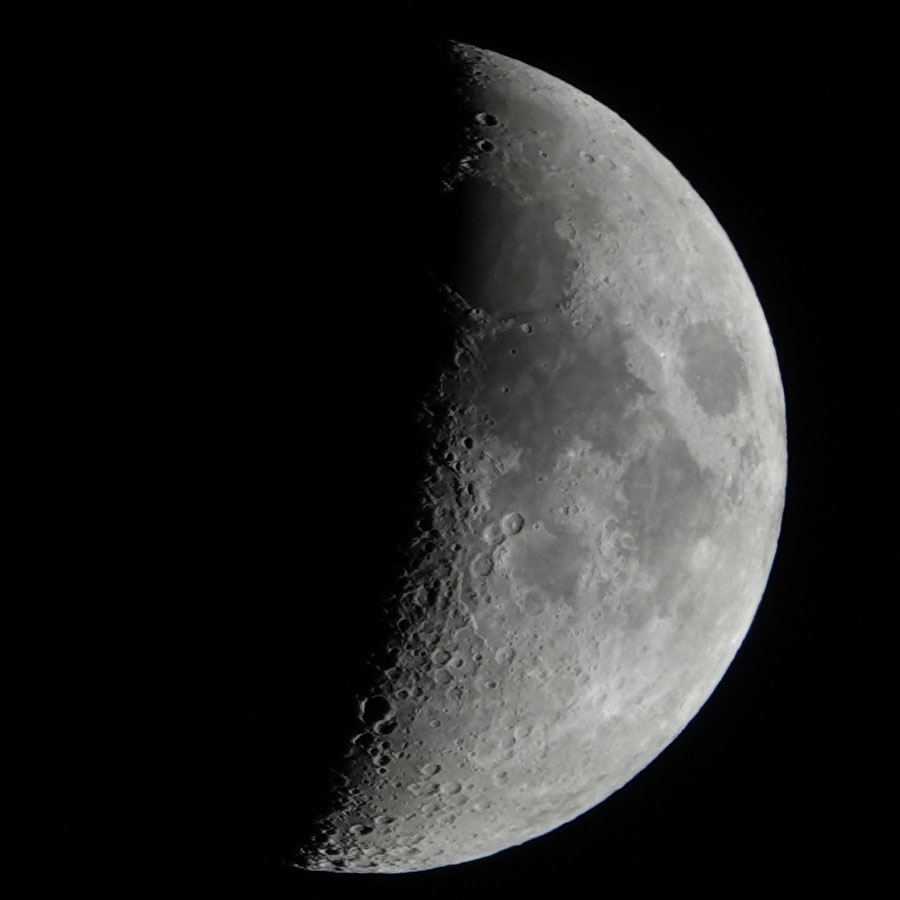 |
|
Normal (HDR), ISO 100, 1/125 sec, f/4; original |
HDR, ISO 100, 1/125 sec, f/4; original |
Compared with the "normal" shots, the HDR shots look "soft rinsed" and show no advantages; only the shadows are slightly brightened. I also found HDR shots that were slightly blurred (not in this series).
Conclusion
On this day I could not find any advantages of the multi-frame recordings photos to the "normal" photos, rather the opposite...
July 9, 2019, Sony RX10 M4 - RX100 M4 at the Telescope
Series 1: Sky still relatively bright
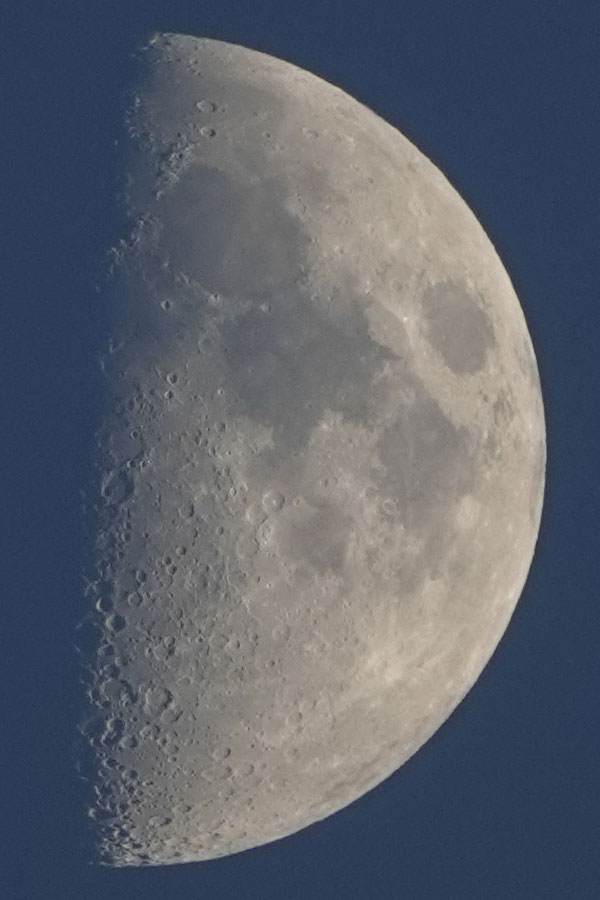 |
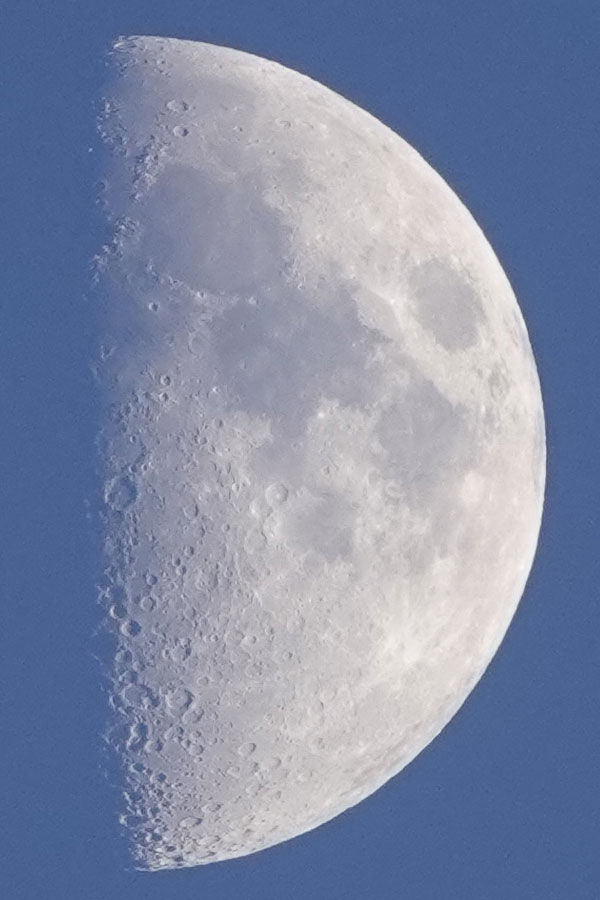 |
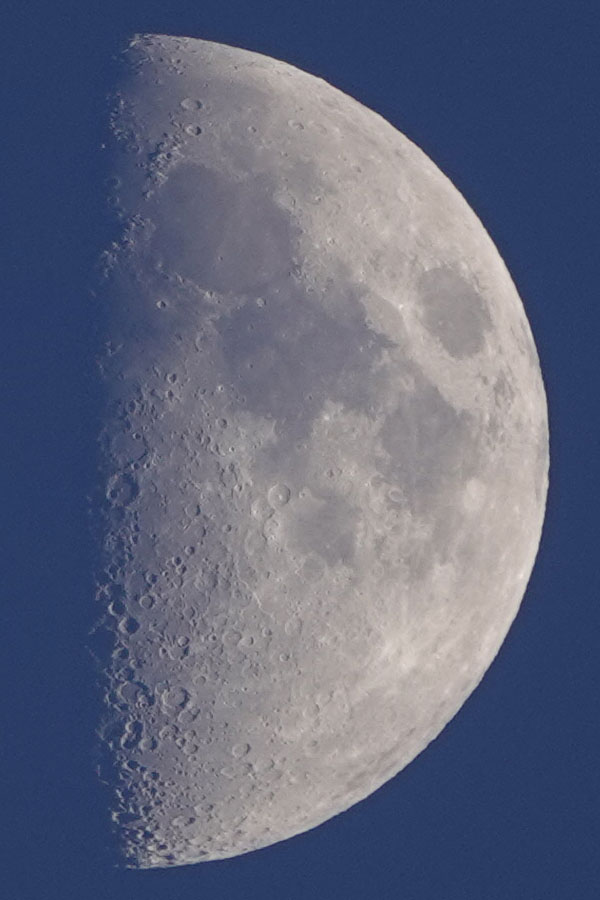 |
||
Hand-held Twilight, ISO 100, 1/320 sec, f/4; original |
Multi Frame Noise Reduction, ISO 320, 1/500 sec, f/4; original |
Normal, ISO 100, 1/250 sec, f/4; original |
When I look at the three photos at a scale of 200%, I cannot find any significant differences between them; the "normal" seems the best one to me. Unfortunately, I had set the ISO value for Multi Frame Noise Reduction to "Auto" and thus, probably prevented better results...
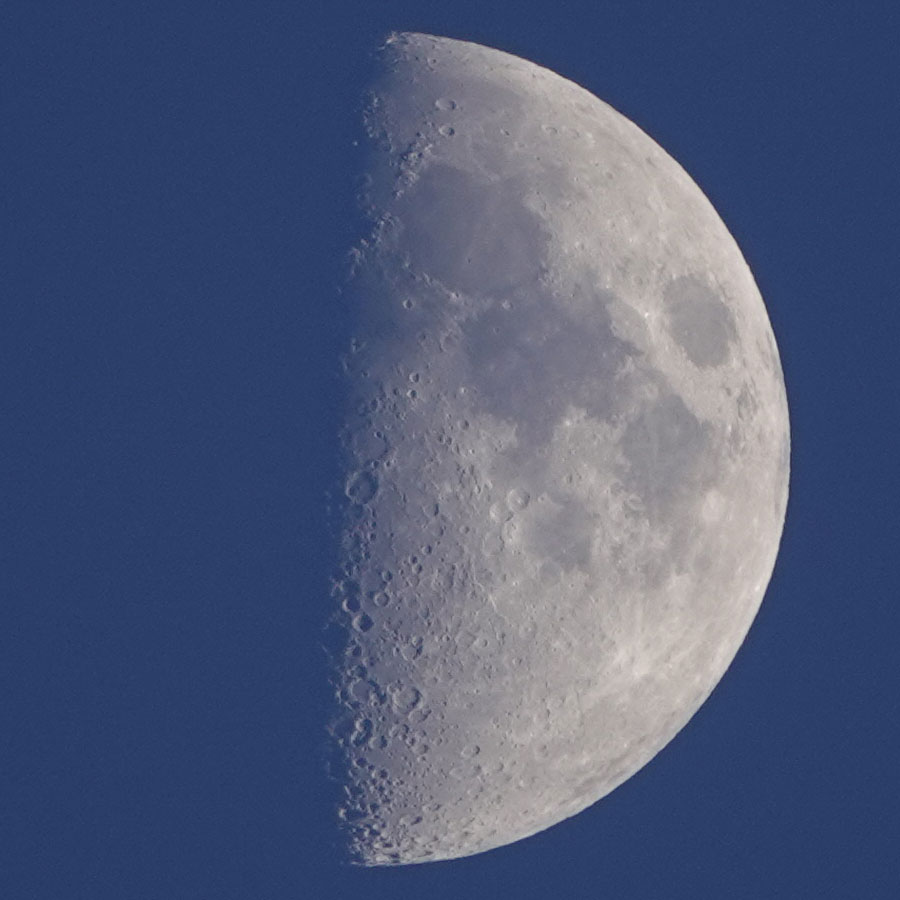 |
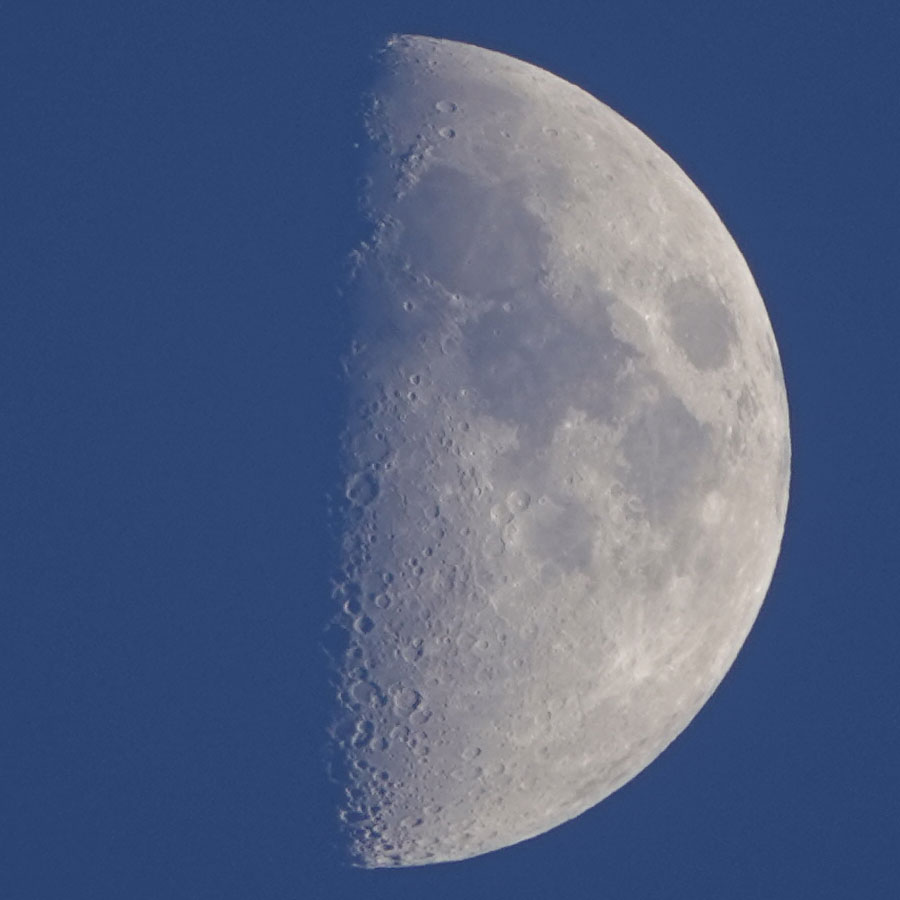 |
|
Normal (HDR), ISO 100, 1/250 sec, f/4; original |
HDR, ISO 100, 1/250 sec, f/4; original |
Compared to the "normal" shot, the HDR shot look "soft rinsed" again and also does not show any advantages.
Series 2: Sky dark
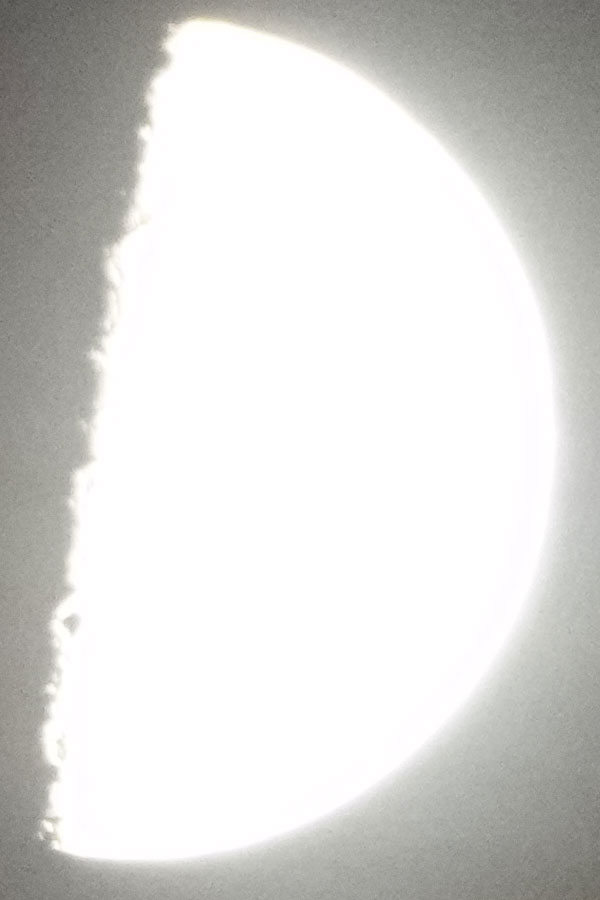 |
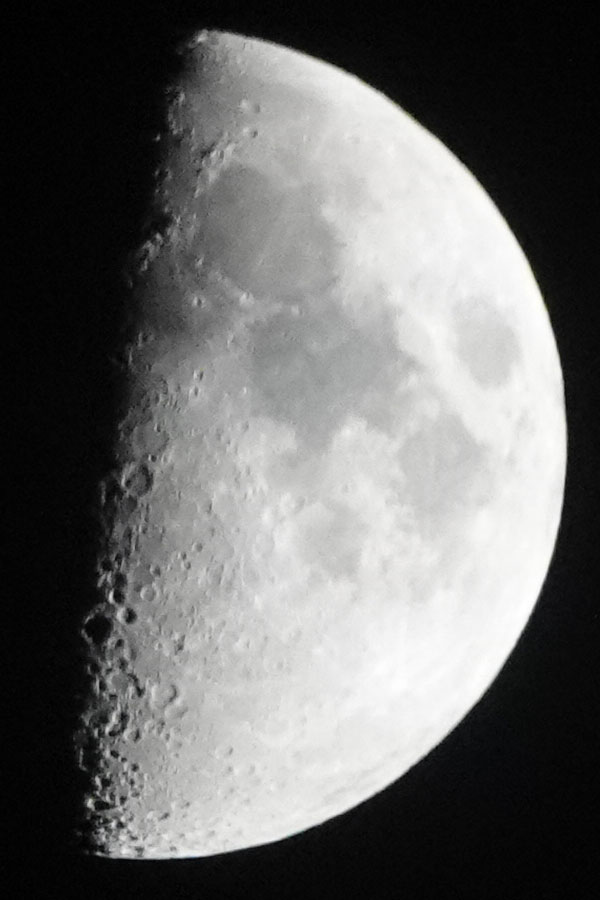 |
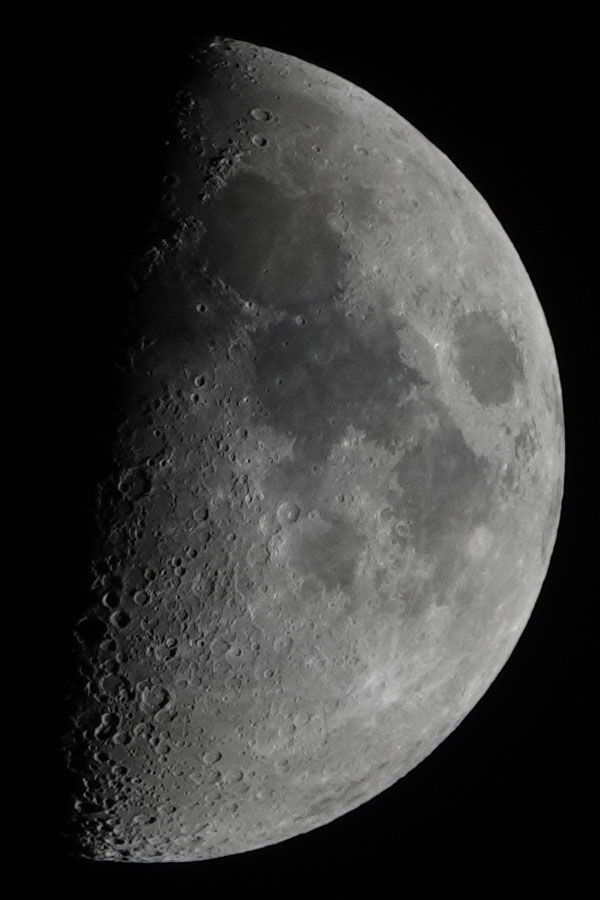 |
||
Hand-held Twilight, ISO 3200, 1/480 sec, f/4; original |
Multi Frame Noise Reduction, ISO 1600, 1/1000 sec, f/5.6; original |
Normal, ISO 100, 1/250 sec, f/4; original |
When the sky gets darker, the "Hand-held Twilight" scene type can no longer be used, because the exposure cannot be corrected and the highlights get blown out. The "Multi Frame Noise Reduction" photo is out of focus this time despite a shutter speed of 1/1000 sec. The "Normal" photo is more or less OK, but is underexposed.
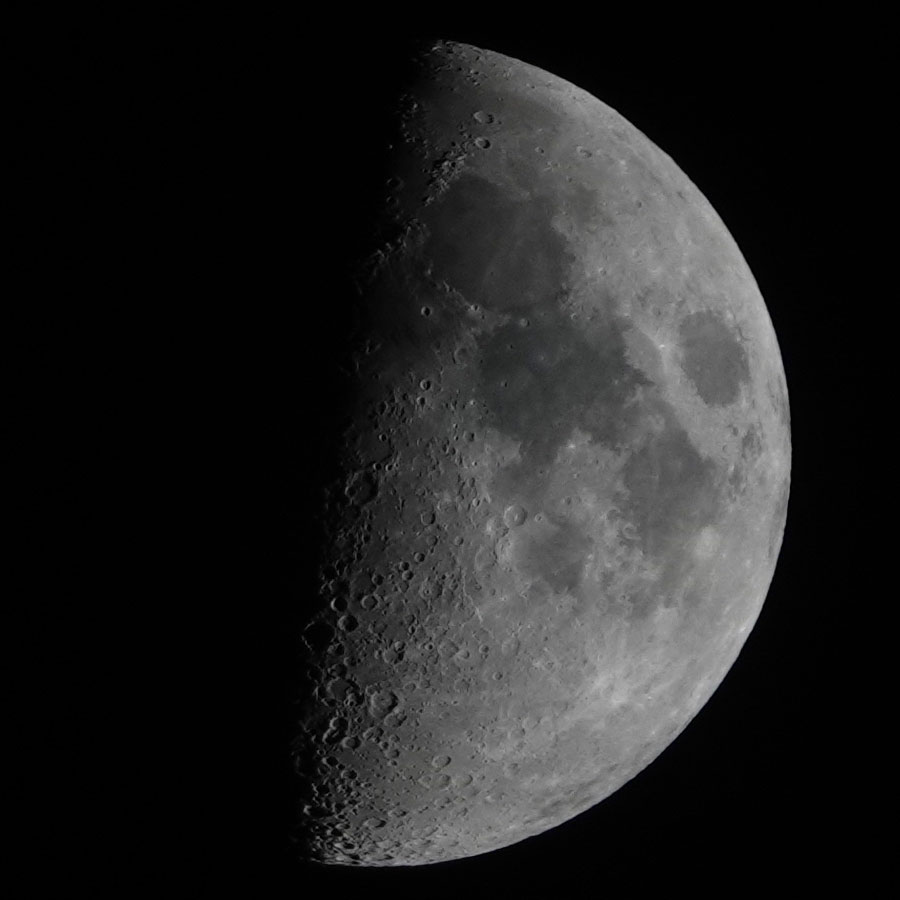 |
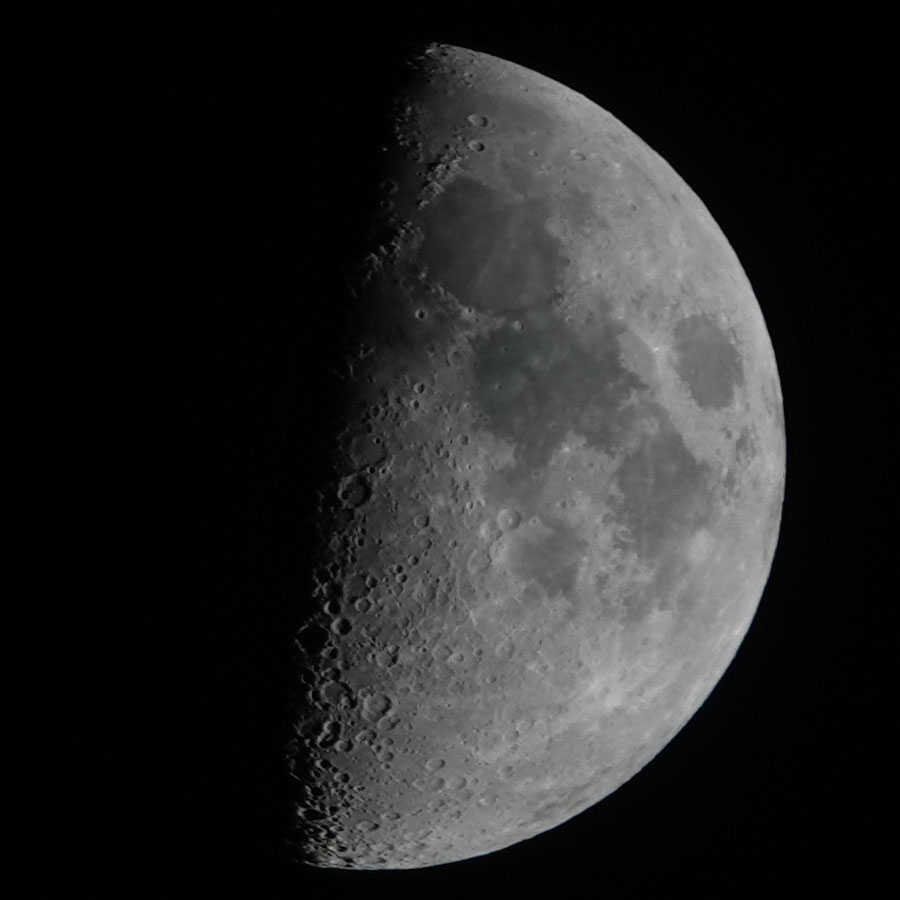 |
|
Normal (HDR), ISO 100, 1/250 sec, f/4; original |
HDR, ISO 100, 1/250 sec, f/4; original |
|
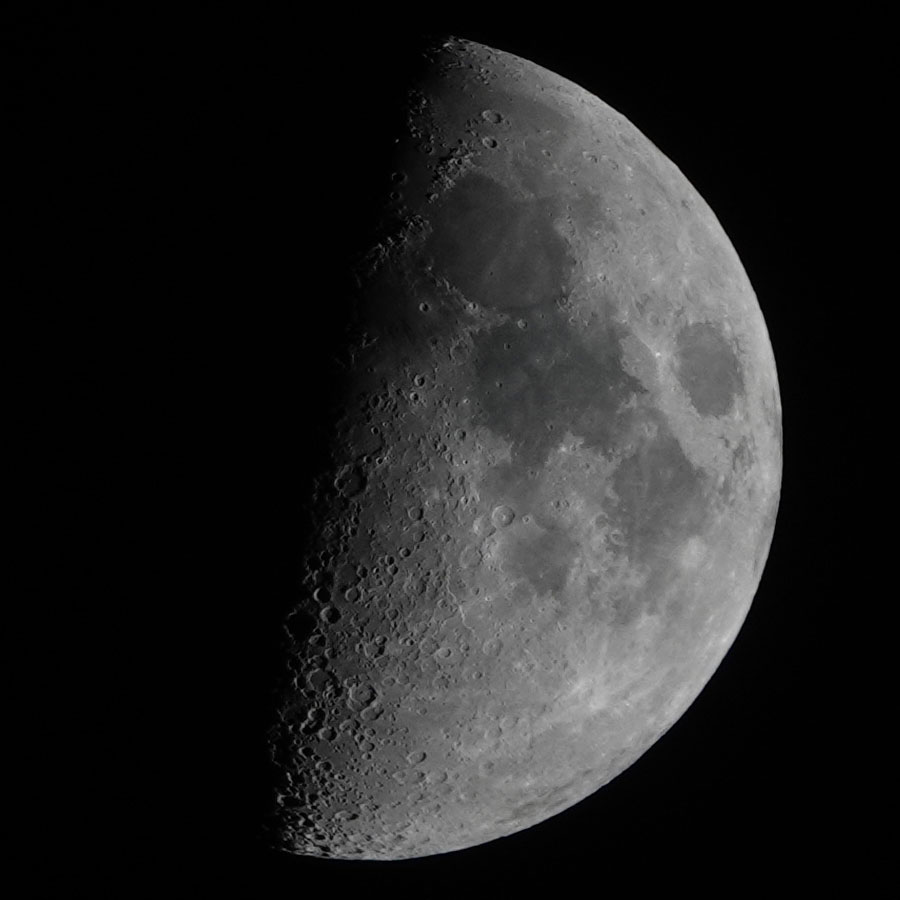 |
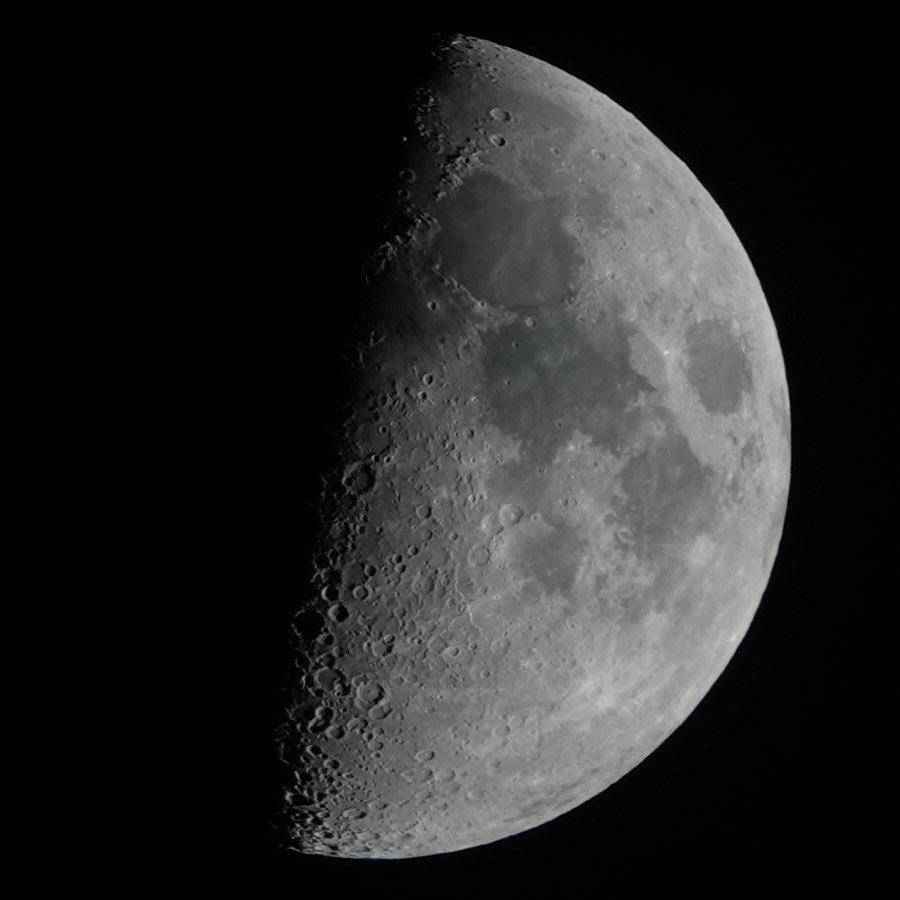 |
|
Normal (HDR), ISO 100, 1/250 sec, f/4; original |
HDR, ISO 100, 1/250 sec, f/4; original |
Compared with the "normal" shots, the HDR shots look "soft rinsed" again and offer no advantages; only the shadows are slightly brightened.
Conclusion
On this day, I again could not find any advantages of the multi-frame shots compared with the "normal" shots.
Comparison with Telescope Photo
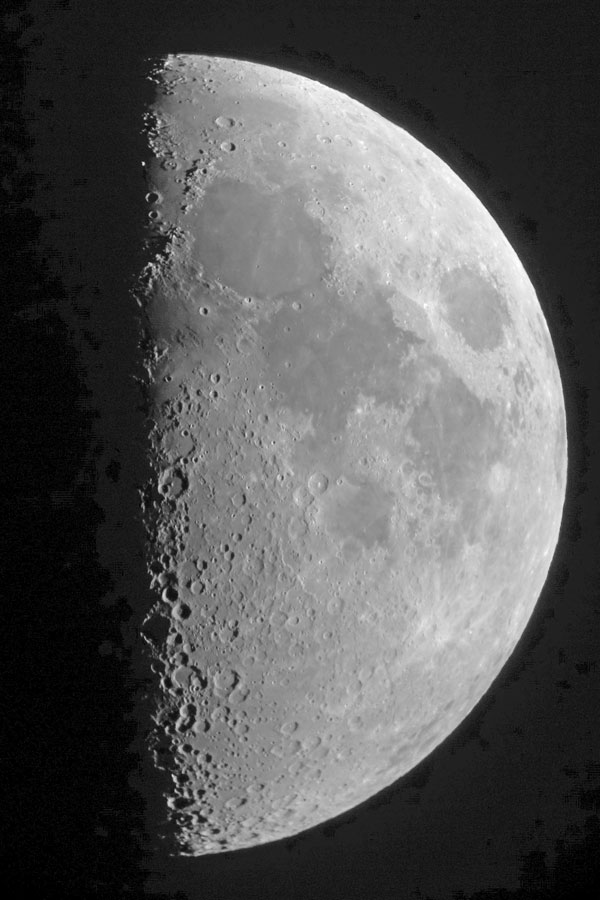 |
 |
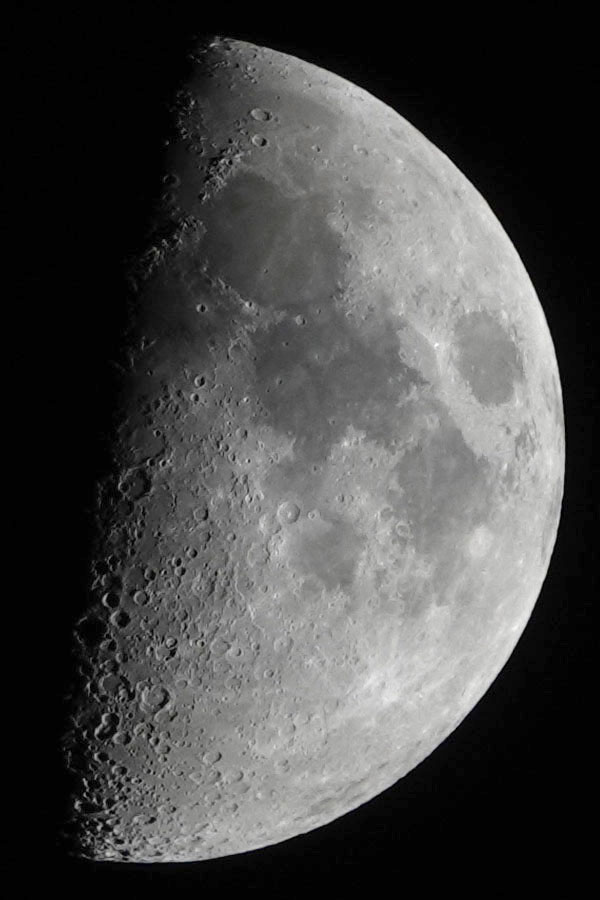 |
||
Telescope, ISO 125, 1/100 sec, f/2.8; 3000 pixels |
RX10 M4, ISO 100, 1/250 sec, f/4; original |
Ditto, processed; original |
The telescope photo was taken with the Skymax-127 OTA, a 32 mm eyepiece, and a Sony RX100 M4 held to the eyepiece. The camera was not screwed to the eyepiece.
With the same pixel size, the difference between the image taken with the RX10 M4 and the telescope image seems to be small, as the following, almost identical sections demonstrates:
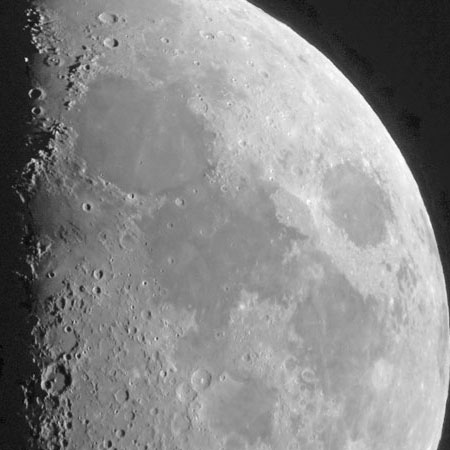 |
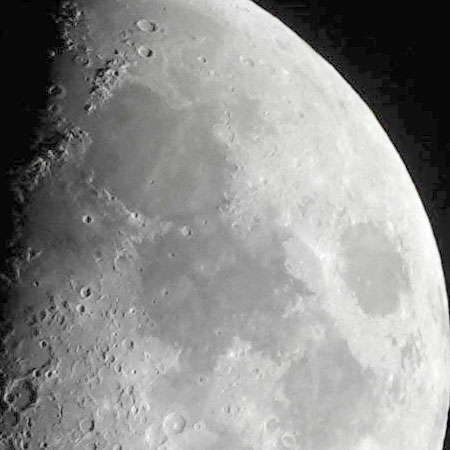 |
|
Telescope, ISO 125, 1/100 sec, f/2,8; section scaled down from the original |
RX10 M4 , ISO 100, 1/250 sec, f/4; section and made brighter |
But the telescope photo has three times as many pixels per side than the RX10 M4 photo, and if you look at it in detail, you will recognize a lot more small craters than on the RX10 M4 photo. Thus, the RX10 M4 cannot replace a telescope photo. By the way, it is quite instructive to look at the telescope photo with 62% and at the RX10 M4 photo with 200%, as the moon is then about the same size.
The RX10 M4 is nevertheless well suited for overview photos, even the alpine valley (Vallis Alpes) can be recognized on this photo!
July 10, 2019, Sony RX10 M4
Sky still relatively bright
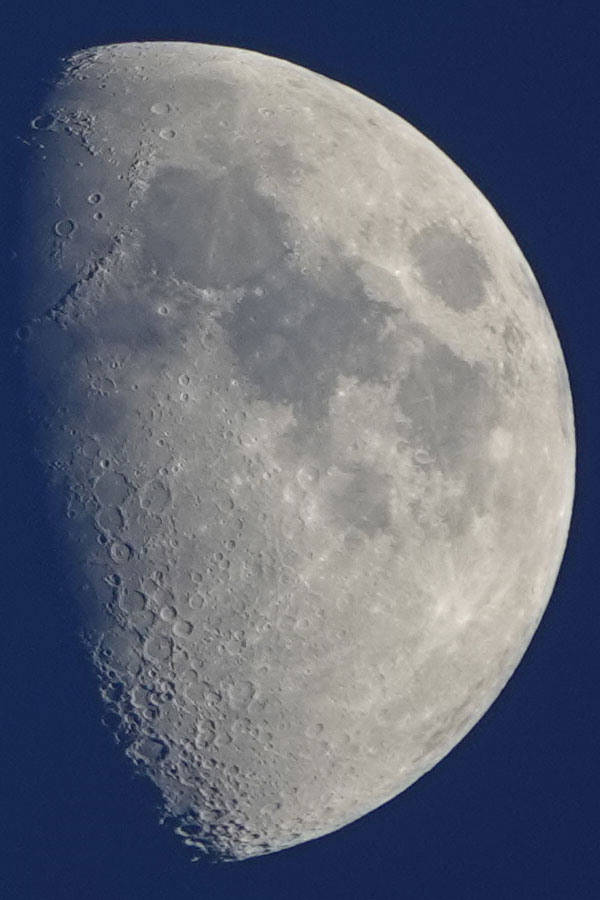 |
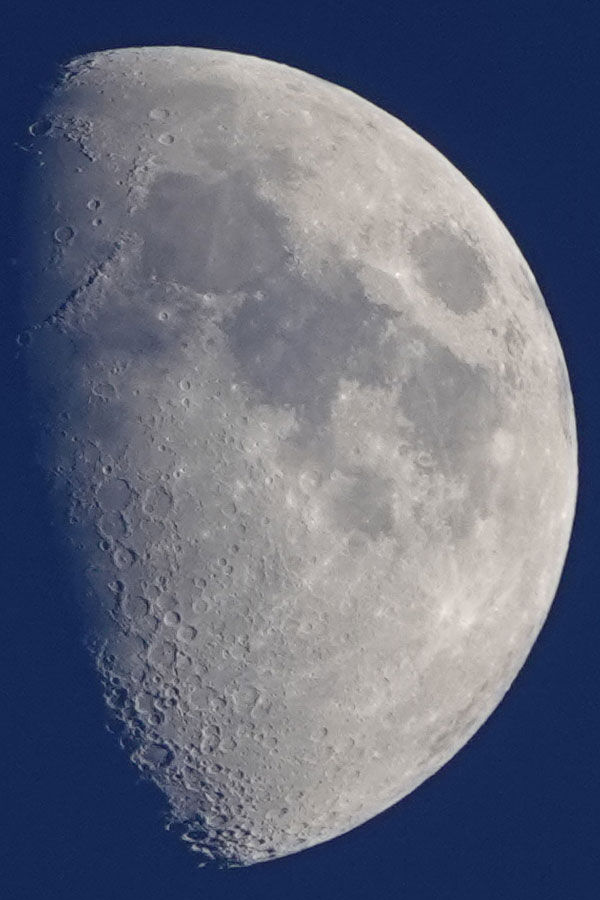 |
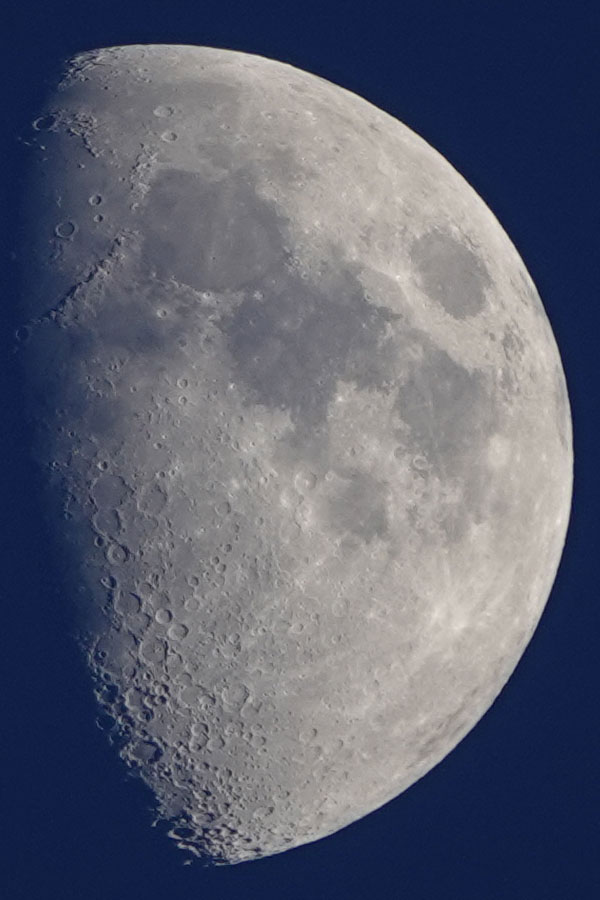 |
||
Hand-held Twilight, ISO 100, 1/250 sec, f/4; original |
Multi Frame Noise Reduction, ISO 200, 1/500 sec, f/4; original |
Normal, ISO 100, 1/250 sec, f/4; original |
When I look at the three photos at a scale of 200%, I cannot find any significant differences between them. All in all, the "normal" seems the poorest one to me.
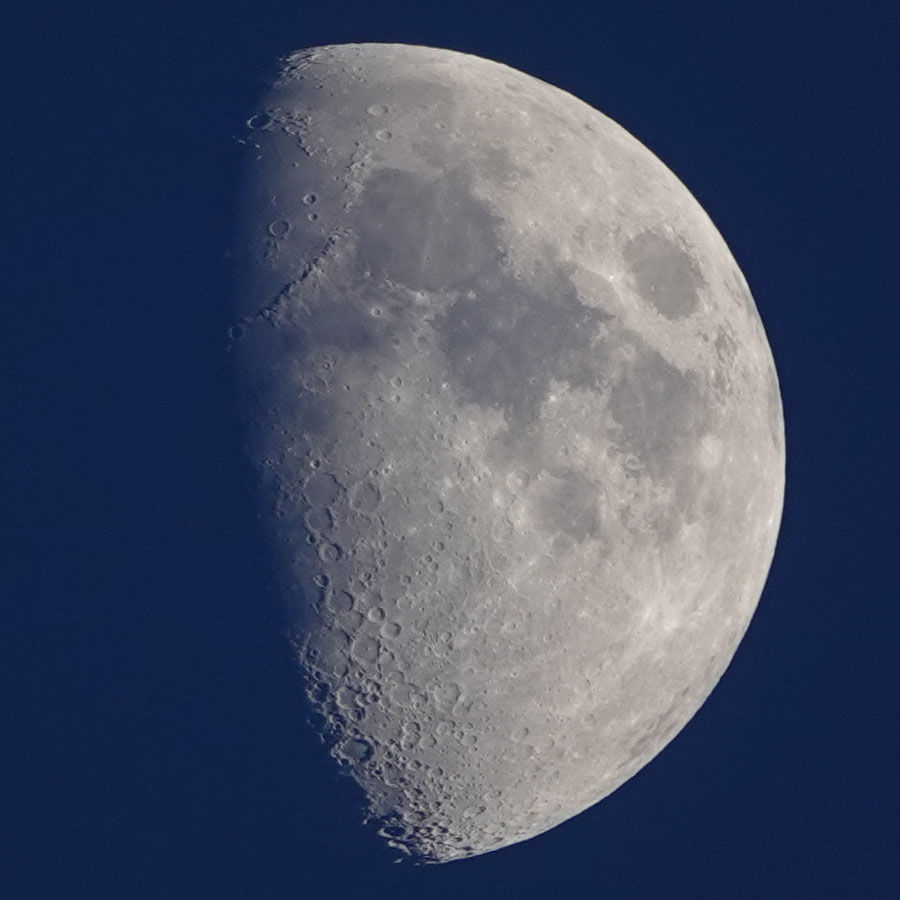 |
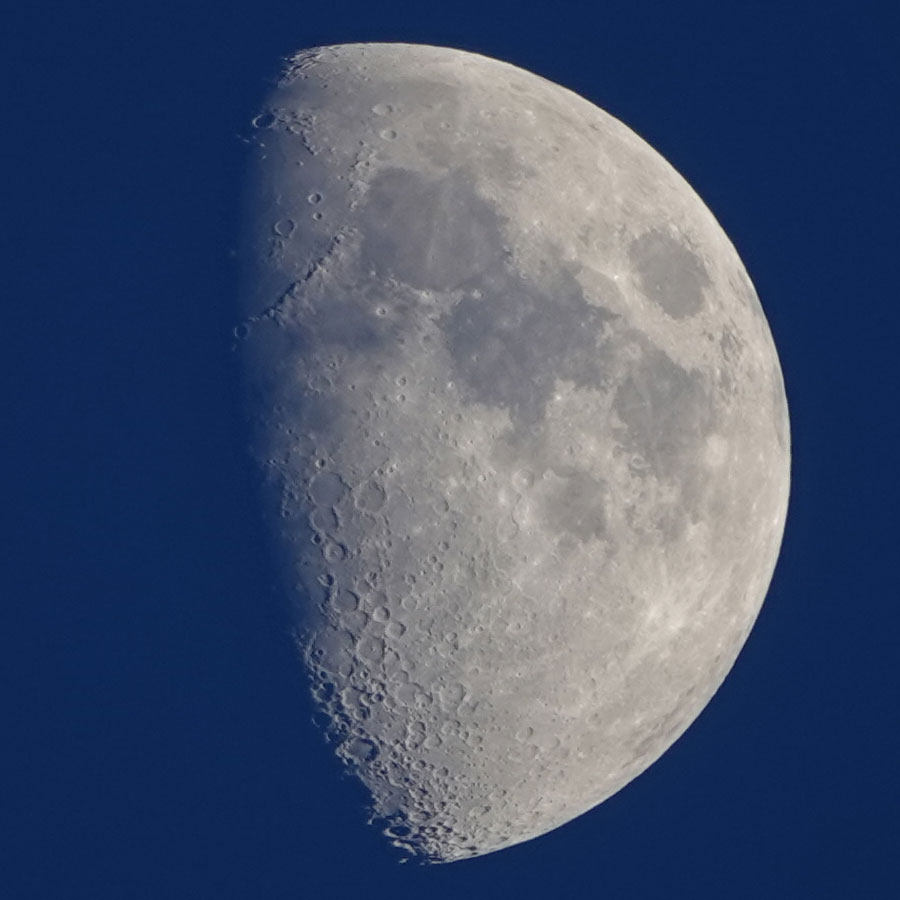 |
|
Normal (HDR), ISO 100, 1/250 sec, f/4; original |
HDR, ISO 100, 1/250 sec, f/4; original |
|
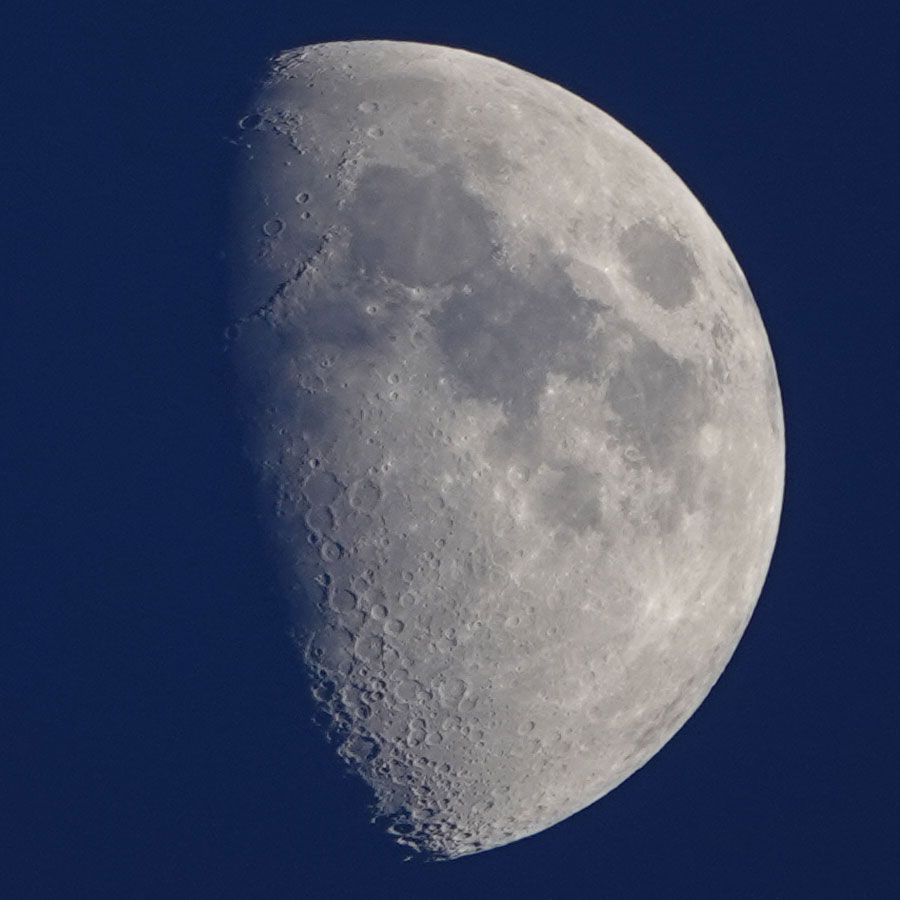 |
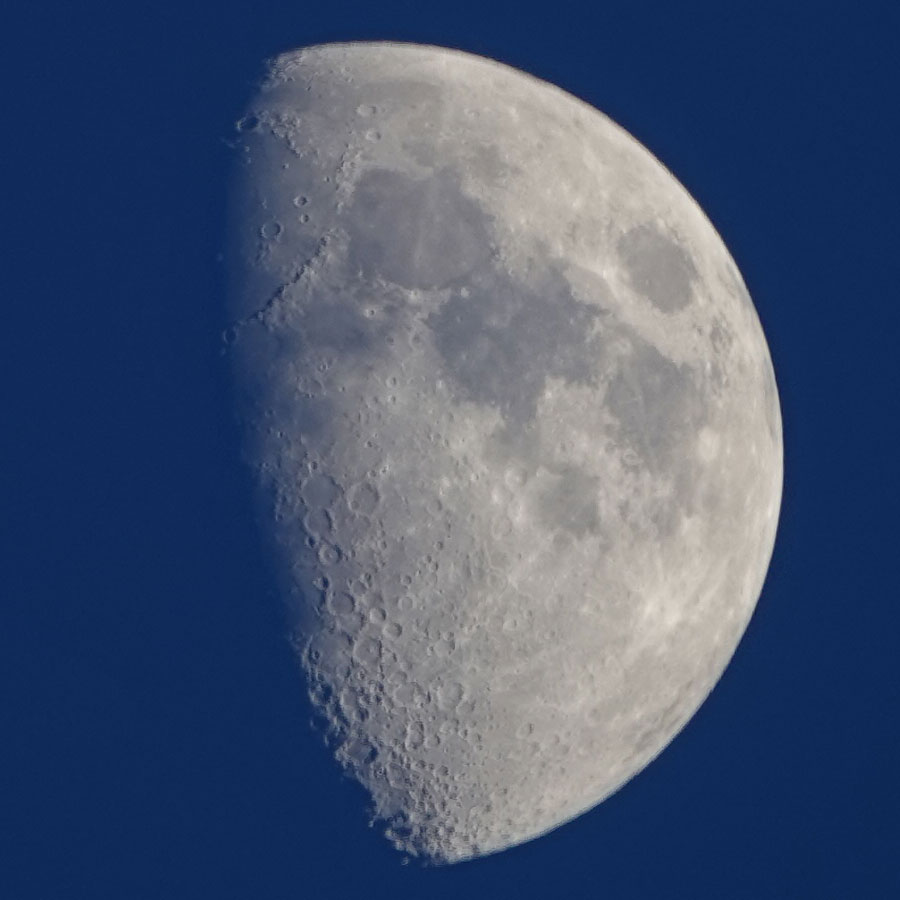 |
|
Normal (HDR), ISO 100, 1/250 sec, f/4; original |
HDR, ISO 100, 1/250 sec, f/4; original |
Compared with the "normal" shots, the HDR shots look "soft rinsed" once again and do not offer any advantages; only the shadows are slightly brightened. The seconds HDR photo is even blurred due to camera shake.
Conclusions
In my tests carried out, which admittedly were not done optimally, none of the multi-frame methods gets my recommendation. However, I did not operate the Multi Frame Noise Reduction at ISO 100 this time. In my opinion, there should be an advantage compared to "normal" photos when ISO 100 is used. In addition, the use of a tripod and a remote cable release for multiple-frame shots should bring improvements. But this is the subject of another test! See page Test Photos of the Moon with RX10 M4 Part 2 - July 2019 for more information on this!
| 21.08.2019 |